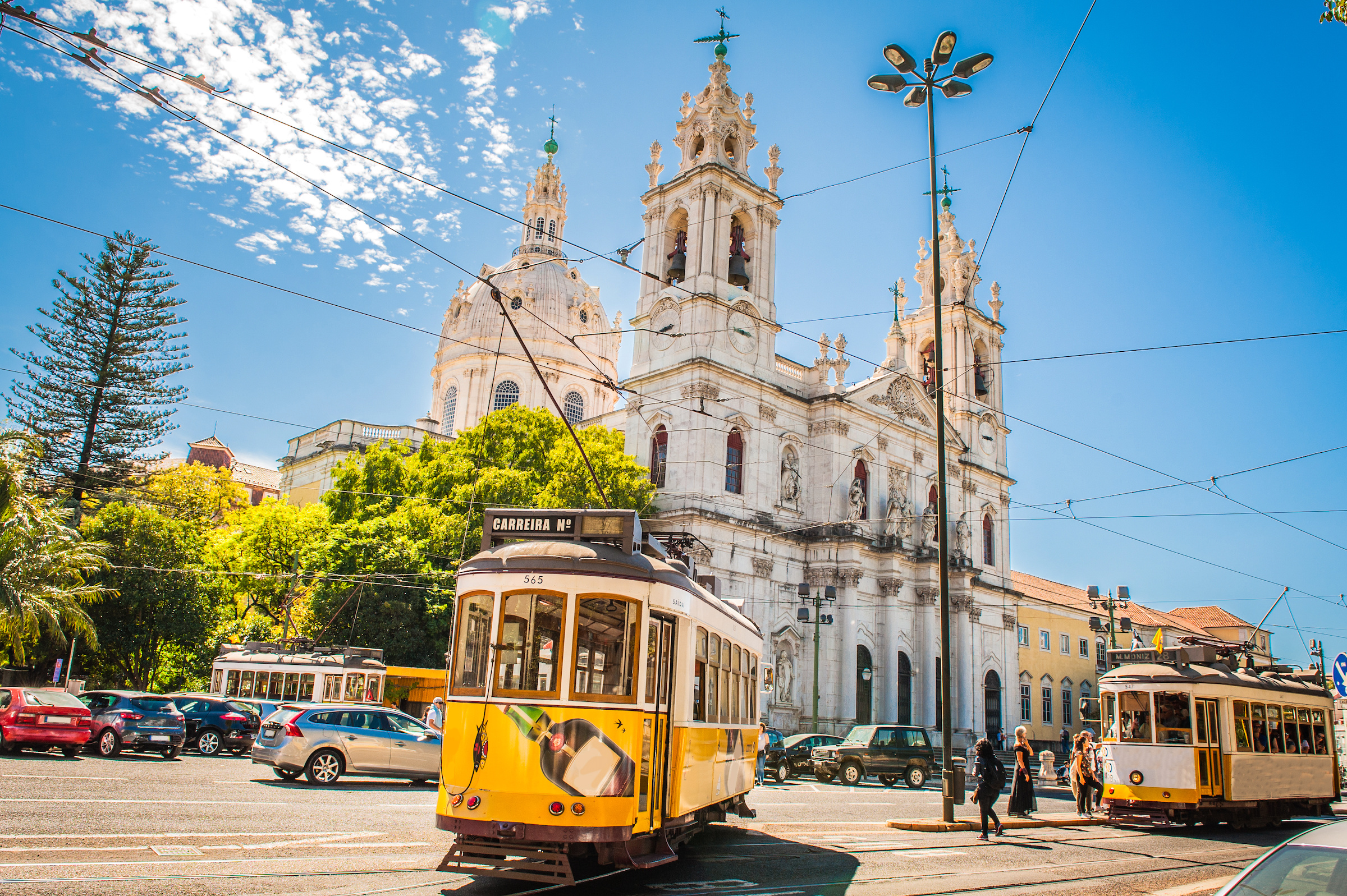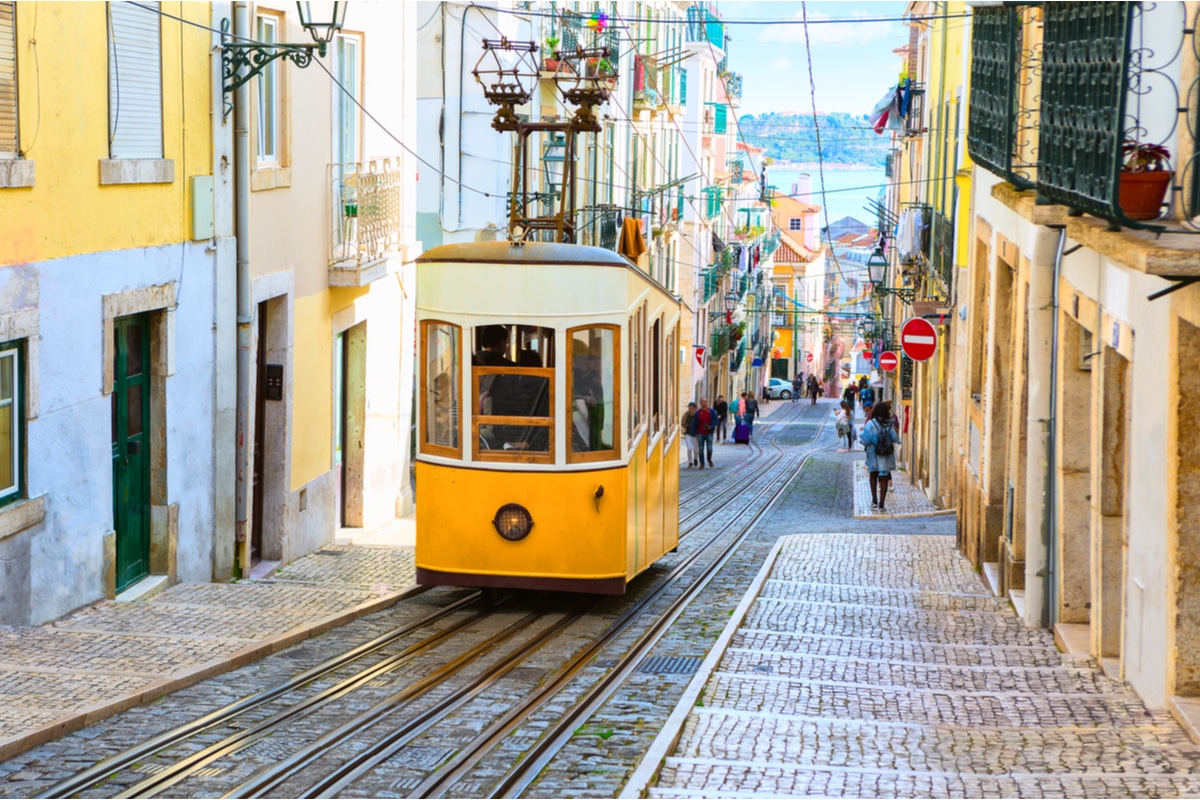Rossio Square
Those who visit the district of Baixa Pombalina in Lisbon will sooner or later come across Rossio Square. It belongs to the most important of its kind next to the commercial square Praca do Comércio and the Praca da Figueira. Since the medieval times, it is the centre of the city and even centuries later, it has not lost its special charm.
Holidaymakers and locals alike love to use it as a place of diversion. The Rossio is lined by the Teatro Nacional Dona Maria II. In the middle, one discovers two bronze fountains. They surround the statue of the Portuguese king Pedro IV. The regent is the real name giver, as the square is formally called Praca de D. Pedro IV. The tram lines are within sight. Small shops, restaurants or bakeries for the creamy cakes 'Pastéis de nata' are also located only a few minutes walk away.
Many rulers, one Praca
Numerous kings were involved in the creation of the square, including Afonso V, John II and Manuel I. The final touch was added by Pedro IV in the 19th century.
The artistic styles that influenced the square and its surroundings were correspondingly varied. Both baroque and Manueline architectural styles were incorporated. The first relevance of the Rossio-square was approximately from the year 1200. it has its current appearance since the year 1887.
The perfect wave
As appealing as the historical buildings around the Rossio appear - also the square itself can come up with its very own advantages. The stone paving on the ground is captivating with its unique wave-like pattern. However, the origin for this piece of art has a serious background: a big part of the city centre fell victim to the heavy earthquake in the year 1755. The Marquis de Pombal ordered a retread of the destroyed areas. In the 19th century the building project was carried out. The National Theatre stands on the site of what was then the Palace of Independence. It was ravaged by fire in 1836. In those years, those involved provided the Rossio with the characteristic waves of black and white paving stones. They served as a model for the town hall square in the coastal town of Cascais, as they are reminiscent of the ocean waves.



